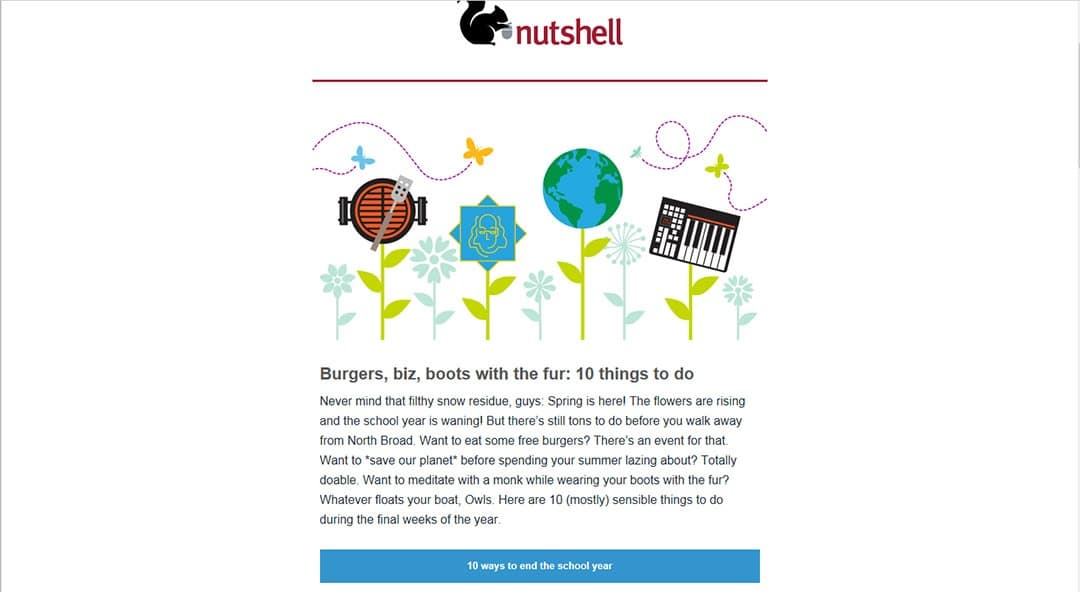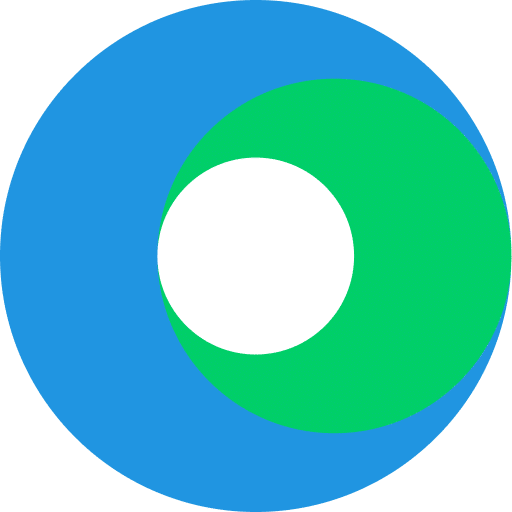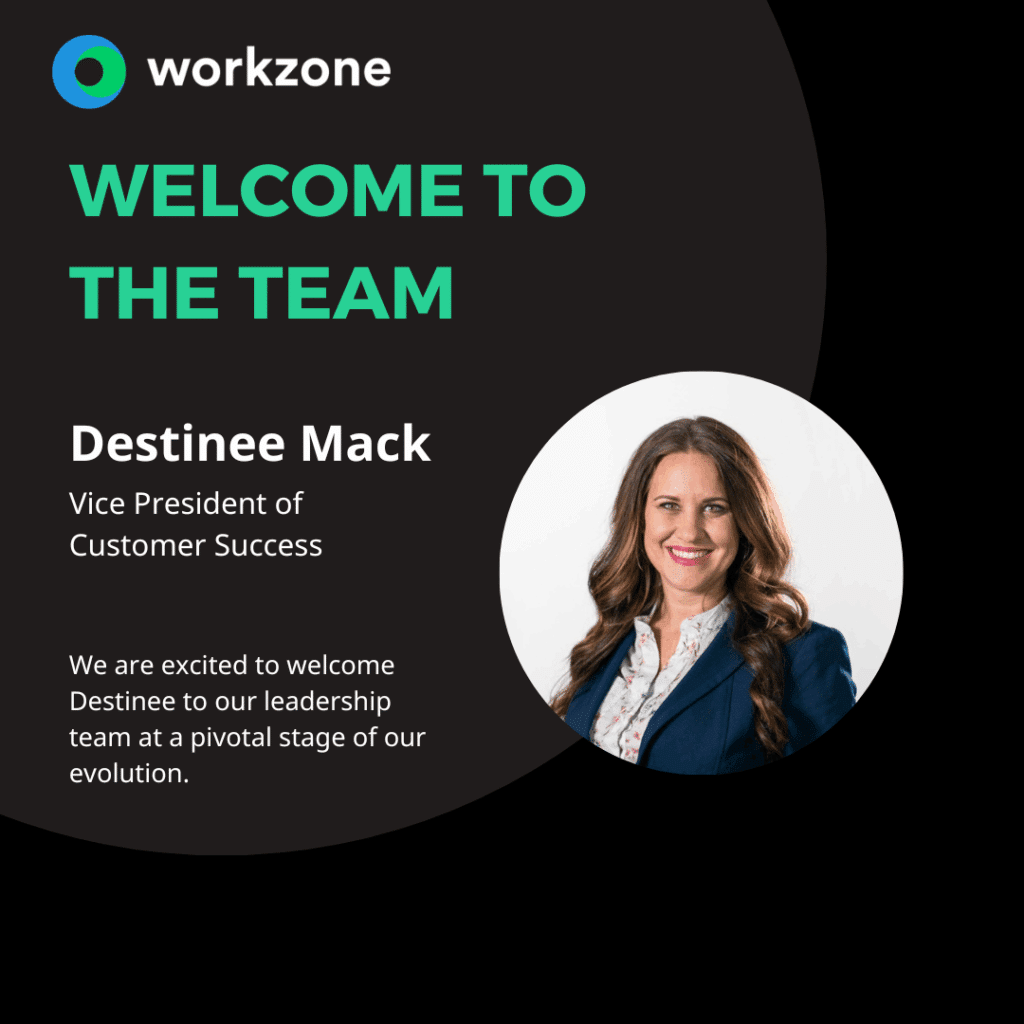Why Your University Needs a Content Strategy To Reach More Than The Administration

Marketing and communications efforts in higher ed have often conflicted with the traditional messaging favored by the institutions we’re dedicated to promoting.
But by setting a content strategy, you can align both: the administrative messaging and your audience engagement.
At Temple University—a large, public research university with 400 degree programs and 17 schools and colleges—marketing and communications compete with a high-achieving faculty steeped in academic language and practice, who publish frequently, regularly dissect dense academic work, and turn students into scholars.
That work—along with creativity, research and service projects—underpins the academic excellence and is the cornerstone of university life.
Because of that, and the top-down hierarchies and institutions that rely on traditions, it’s inevitable that marketing and communications teams would get bogged down trying to strike a balance between the needs of faculty and administration and what will work for young and general, non-academic audiences.
It can be difficult to translate great courses and academic research to general audiences and young prospective students.
How Do You Solve The Administrative/Audience Conflict?
For our team, the administrative/audience conflict meant that the audiences we wanted to target weren’t seeing our content as compelling in the ways they are used to: in conversational voices and in stories, videos and photography that are high-quality, compelling and user-focused.
1. Research Drives Creative Decisions
Not surprisingly, our most successful opportunities for great content marketing have surfaced from prospective and current students and young alumni—and they all begin with research.
What research methods do we use?
- Social media
- Annual student questionnaire
- National surveys
- Ranking publications
- Competitive Analysis
- Informal student/young alumni groups
- Our own media habits
At Temple, we kick off every project by diving into a body of research, to better understand what kinds of content and information our audiences are looking for, and mapping out what their experience is in the life cycle of being engaged with Temple.
2. How To Meet Students Where They Are
Having solid, documented reasons for our creative decisions has helped us shift our focus. Our Temple stories needed to meet students where they are instead of trying to drag their attention elsewhere.
For example, in 2015, we longed to engage our current students, who are our best brand ambassadors: They have unabashed school spirit, they’re not afraid to express themselves to us, and they’re engaging with content of all kinds all day long. How could we cut through the clutter of the messaging they engage with on a daily basis and deliver them information?
Outside social media, how could we bolster that great sense of pride and the feeling of inclusion that would keep them engaged through graduation and into their adult lives?
Instead of trying the same messaging we use for faculty and staff, we created Nutshell, a Skimm-inspired, weekly e-newsletter for students that is funny, informative and service-oriented.

Unlike institutional, top-down messaging efforts, Nutshell gets snarky. We make fun of ourselves and crack inside jokes about Temple. We produce animated videos to explain complicated research breakthroughs and do amusing man-on-the-street videos to educate students on construction projects, Temple history and other topics that don’t necessarily warrant full narratives.
In between pop culture references and slang, we include stories that empower students’ sense of self; give them information about events in Philadelphia; and deliver administrative messaging about academic and student support, deadlines and other helpful information.
3. Experiment and evolve
To ensure we continue to make sound creative decisions, our team gathers every week to review analytics and discuss what’s working and what we need to abandon. (We do that with our faculty and staff e-newsletter, too.)
Through experimentation—such as trying different kinds of calls to action and paying attention to stories with lower engagement—we have achieved open rates for Nutshell that consistently hover around 40%, as well as student readers who engage us via email and occasionally tweet about our content.
That’s no small feat for a university newsletter emailed to a student body living on Instagram and Snapchat, and we owe it all to researching our audience and engaging them where they are.
Nutshell also won a grand gold CASE Circle of Excellence this year. (We also beat The New York Times’ college-age vehicle, The Edit, by about nine months.)
By setting content strategies for audiences, we are able to get faculty and administrators to understand our creative decisions through the data we use to arrive at them. And now we work closely with other departments to help them identify their own interesting, offbeat, unexpected ways to promote their messages—which keeps all our audiences coming back.
—

Maria Raha is director of creative strategy at Temple University in Philadelphia, where she has led the university’s content strategy since 2013. Before joining Temple as an editor in 2008, she worked at a variety of magazines, including Vibe and Spin. Raha is also the author of Cinderella’s Big Score: Women of the Punk and Indie Underground and Hellions: Pop Culture’s Rebel Women, both published by Seal Press. She has contributed to a number of anthologies including Punk Rock Warlord: The Life and Work of Joe Strummer (Ashgate Publishing) and Madonna and Me: Women Writers on the Queen of Pop (Soft Skull Press).
Last updated on June 5, 2025




